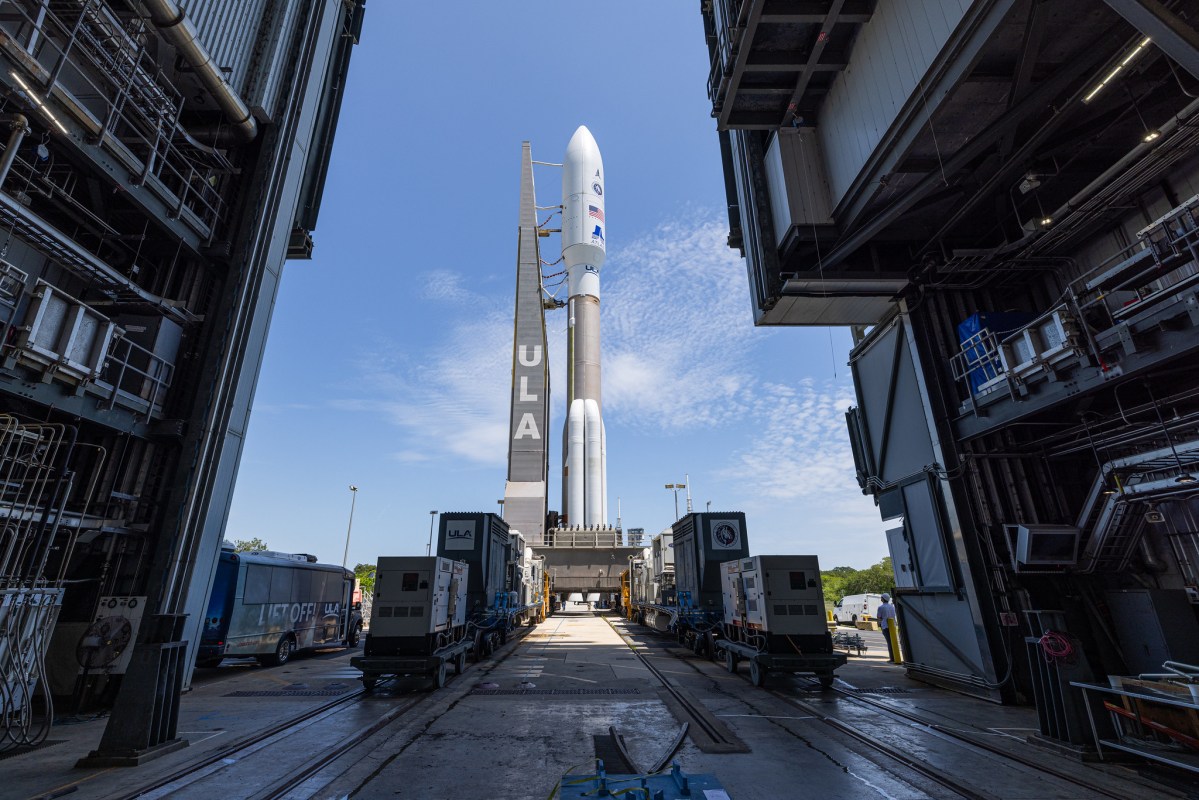WASHINGTON — United Launch Alliance (ULA) is set to launch its final Atlas 5 rocket for the U.S. military on July 30.
The classified payload, designated USSF-51, is scheduled to lift off at 6:45 a.m. Eastern from Space Launch Complex 41 at Cape Canaveral Space Force Station, bound for geostationary Earth orbit.
This mission will be ULA’s 100th national security launch and the Atlas 5’s 53rd.
USSF-51 also represents the first ULA launch under the National Security Space Launch (NSSL) Phase 2 contract, awarded by the Space Force to ULA and SpaceX in 2020. While SpaceX launched its first Phase 2 mission in January 2023, ULA’s schedule has been disrupted by development issues with its next-generation Vulcan Centaur rocket.
The Vulcan Centaur, designed to replace both the Atlas 5 and Delta 4 rockets, promises increased performance and flexibility for a wide range of missions. However, its development encountered setbacks, pushing its debut launch to January 2024 and delaying its certification for national security missions.
Originally, USSF-51 was slated to fly on Vulcan as part of the Phase 2 contract but the mission was reassigned to the proven Atlas 5.
“Because of the criticality of the spacecraft that we’re putting up. we elected to transition it from Vulcan to Atlas for more schedule certainty.” Gary Wentz, ULA’s vice president of government and commercial programs, told SpaceNews.
While the Atlas 5 is bidding farewell to the NSSL program, its career is far from over. ULA has plans for an additional 16 commercial and non-defense missions, including crewed launches, utilizing the remaining Atlas rockets in its inventory.
As ULA works towards Vulcan’s certification, two NSSL missions are already in various stages of preparation for launches on the new rocket, tentatively scheduled for late 2024, pending the completion of a second Vulcan certification launch scheduled for September.
Transition to Vulcan
Gary Wentz, ULA’s vice president of government and commercial programs, spoke about the planned transition from Atlas 5 to the Vulcan Centaur rocket.
Wentz acknowledged the Space Force’s concerns about Vulcan’s readiness and ULA’s ability to meet the demanding launch schedule required by the Phase 2 contract. “We understand the challenges ahead,” Wentz stated, as ULA has to complete 26 national security launches from the company’s East and West Coast launch pads by the end of fiscal year 2027.
To accommodate national security and commercial launches, ULA plans to increase its launch cadence to twice monthly. Wentz explained, “We’re updating Space Launch Complex 41 to support both Atlas and Vulcan operations,” he said. This dual-capability is crucial for the transition period, he said.
The company’s strategy involves interspersing the remaining Atlas 5 launches with the new Vulcan missions. “We have 16 remaining Atlases to fly, and these will be interwoven with Vulcan flights,” Wentz said. “Our systems are designed to accommodate this flexibility.”
These remaining Atlas 5 rockets are slated to launch satellites for Amazon’s Kuiper broadband constellation and NASA crew missions to the International Space Station.
Looking ahead, Wentz identified USSF-106 and USSF-87 as Vulcan’s first two national security missions. “Over the next couple of years, we’ll work through the backlog on both East and West Coasts for our assigned Phase 2 missions,” he added.
To facilitate this transition, ULA has reconfigured its launch complex with a dual-track system. Wentz elaborated, “This allows us to assemble both Atlas and Vulcan rockets in parallel, sharing the same launch pad. With this setup, we’ll be capable of launching every five to six days as needed.”
